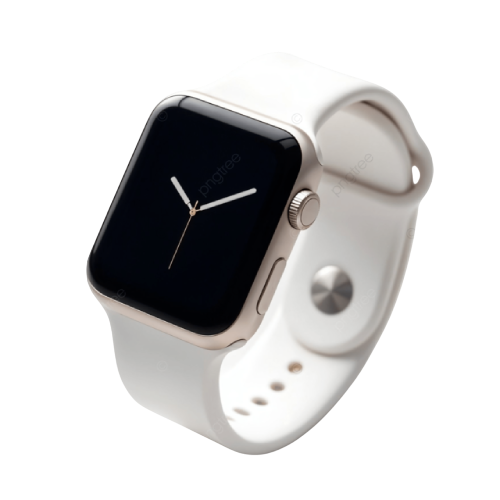Pagination
Disabled & active states
Pagination links are customizable for different circumstances. Use .disabled for links that appear un-clickable and .active to indicate the current page.
While the .disabled class uses pointer-events: none to try to disable the link functionality of <a>s, that CSS property is not yet standardized and doesn’t account for keyboard navigation.
